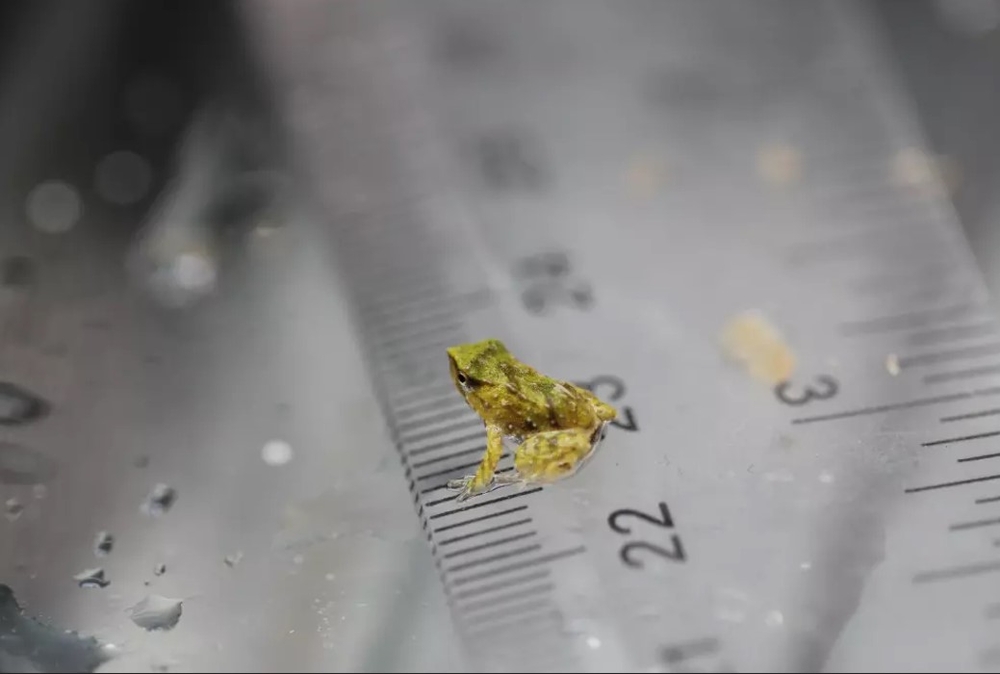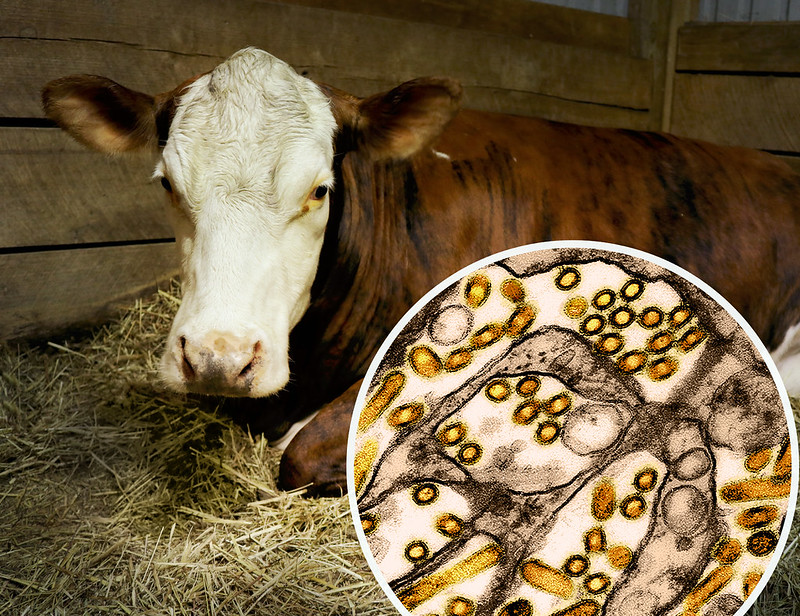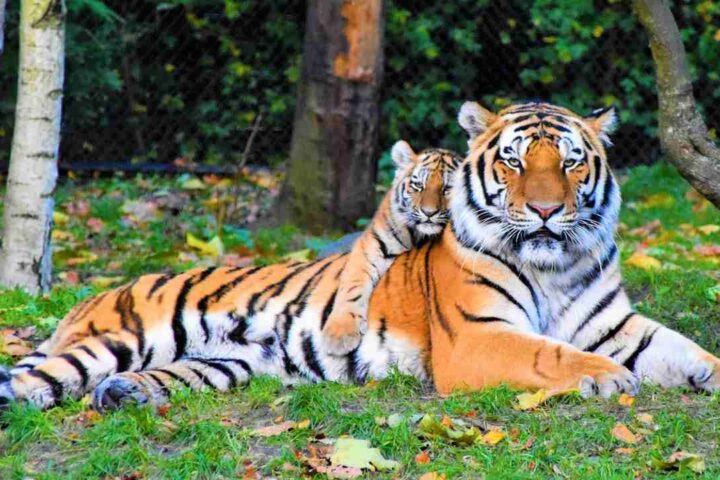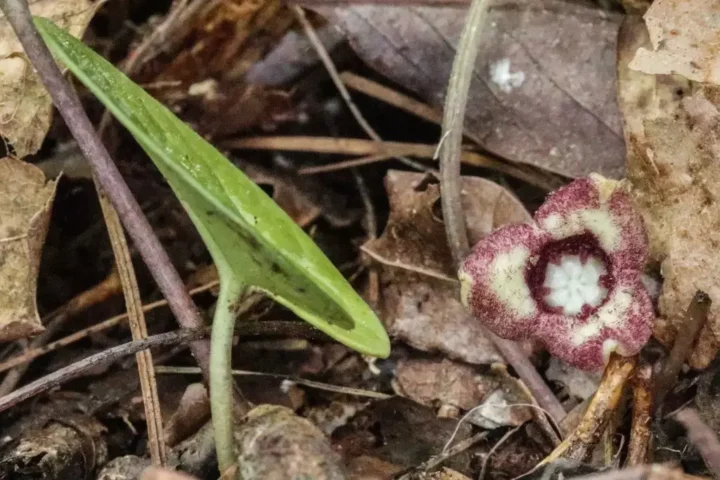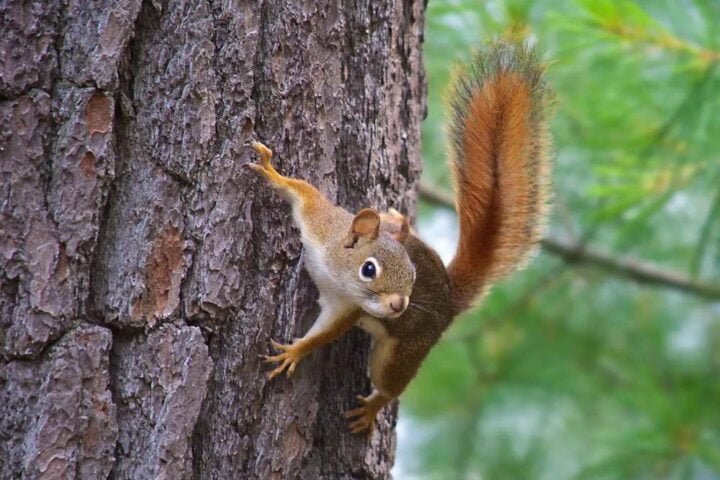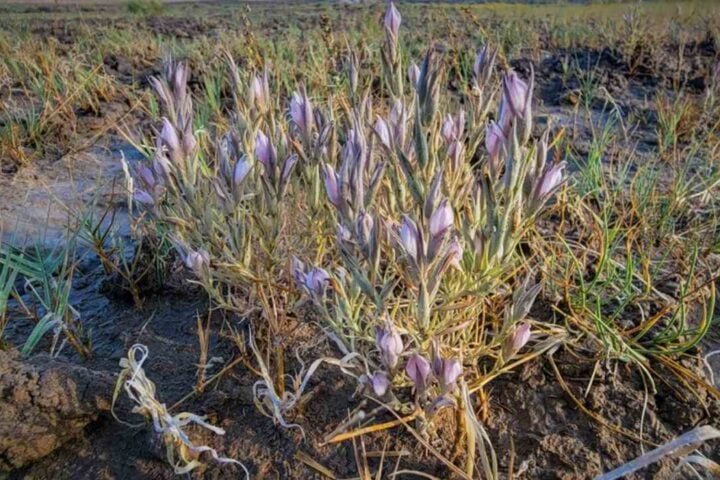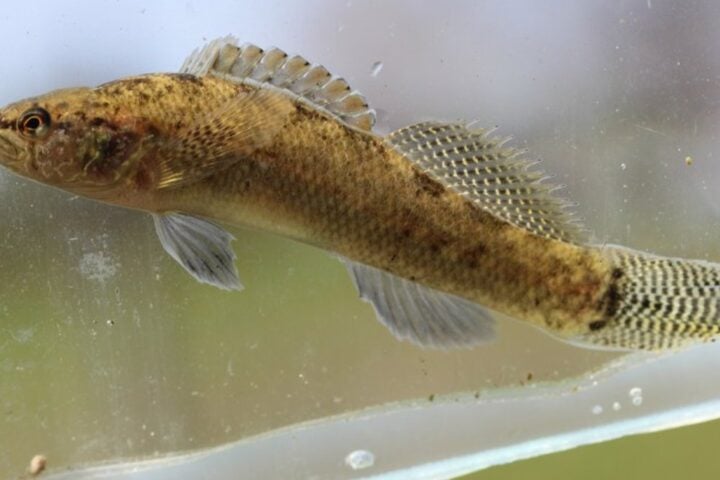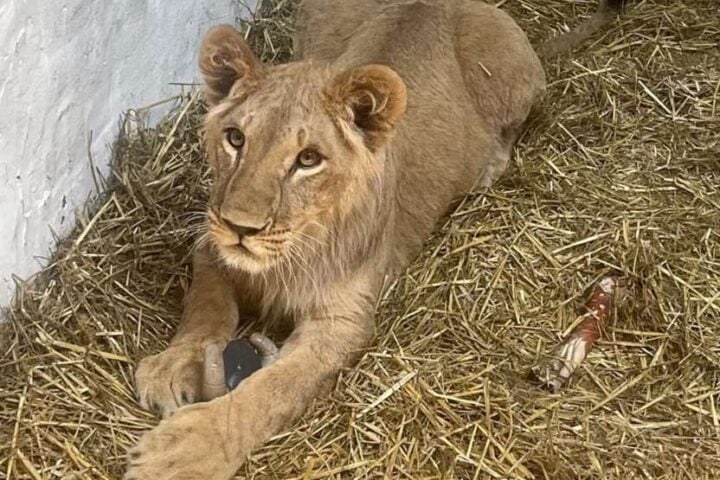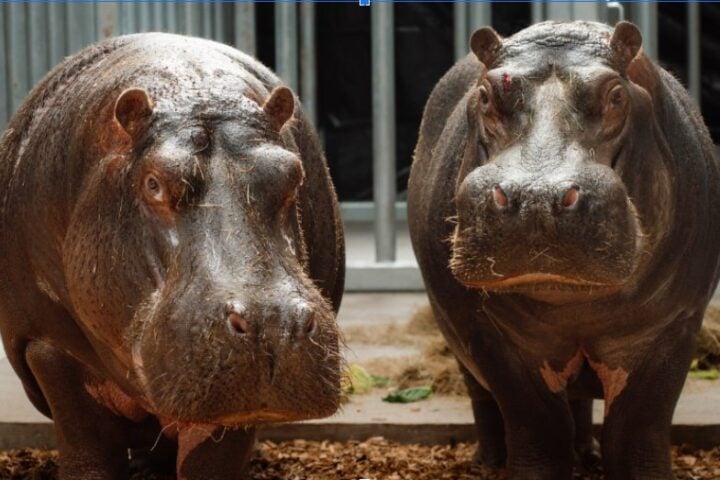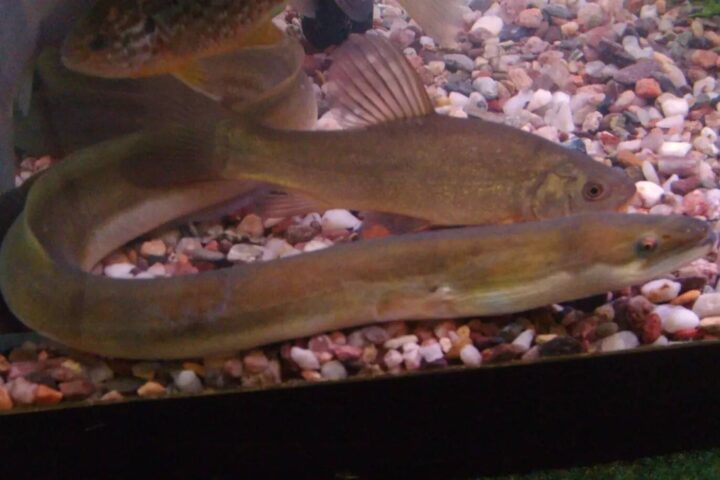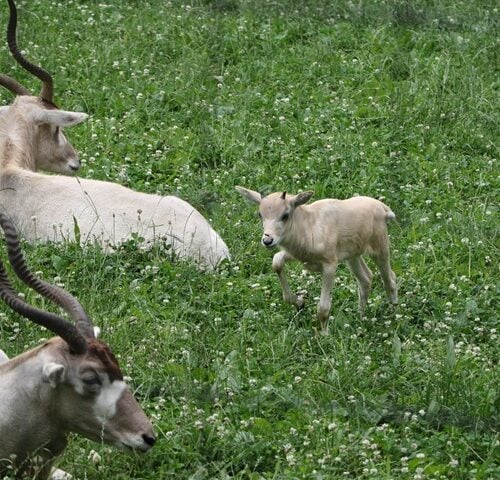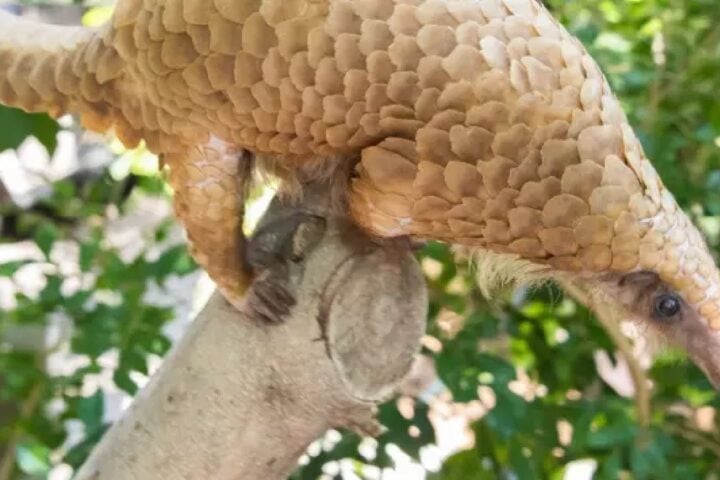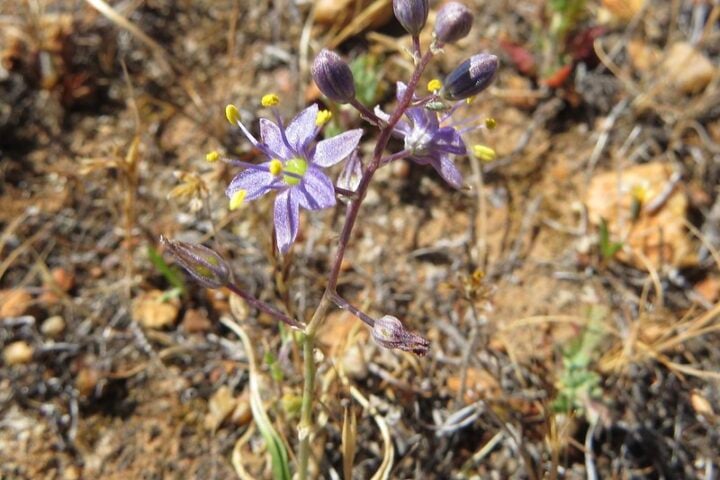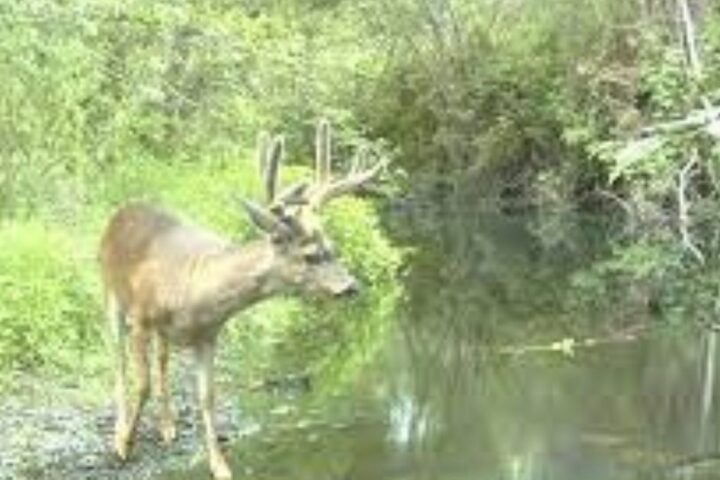In a remarkable conservation effort, 33 tiny Darwin’s froglets have been born at London Zoo following an urgent rescue mission from Chile. The births mark a crucial step in saving this unique species from extinction, threatened by a deadly fungal disease in their native habitat.
The rescue operation began in October 2024 when conservationists discovered that the lethal chytrid fungus had invaded the frogs’ home in Tantauco Park Nature Reserve, Chile. The fungus had already caused a devastating 90% decline in monitored frog populations within just one year.
“We realized the situation was really, really bad,” said Dr. Andrés Valenzuela-Sánchez, a research fellow at the Zoological Society of London (ZSL). “We rapidly decided we needed to do something; we needed to do an emergency rescue.”
What makes these births particularly special is the unusual way Darwin’s frogs reproduce. Unlike most species, it’s the male frogs who “give birth.” The fathers carry developing tadpoles in their vocal sacs, protecting them until they transform into froglets. Each adult male, despite weighing less than 2 grams and measuring under 3 centimeters, carries their tadpoles safely in their vocal sacs until they develop into froglets.
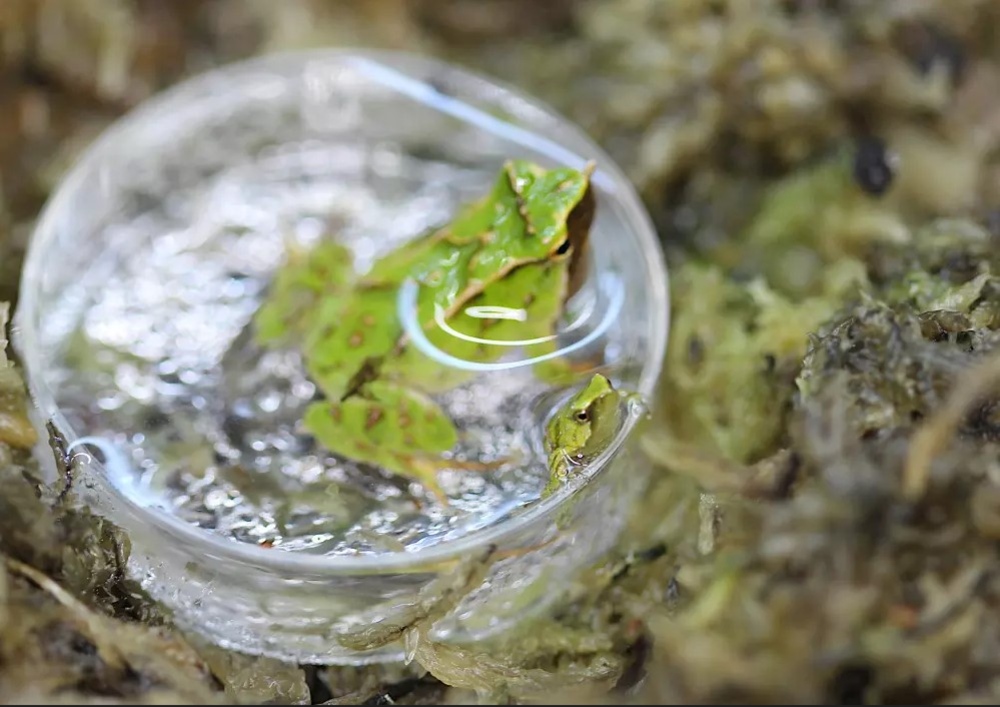
The rescue journey itself was a complex operation. The team carefully transported 52 healthy frogs in special climate-controlled boxes. The journey included a six-hour boat ride, followed by a 15-hour drive to Santiago, Chile, and finally a flight to London’s Heathrow Airport. Two frogs had to remain in Chile after testing positive for the fungal infection.
Similar Posts
Ben Tapley, curator of amphibians at London Zoo, called the successful births “a landmark moment” in protecting Darwin’s frogs. “The successful parent-rearing of these froglets is a powerful symbol of hope for the species and highlights what can be achieved when conservationists work together,” he said.
The chytrid fungus threatening these frogs has affected over 500 amphibian species worldwide, making it one of the most devastating infectious diseases known to science. The London Zoo team has created special biosecure rooms that mirror the frogs’ natural rainforest habitat, providing a safe environment for breeding.
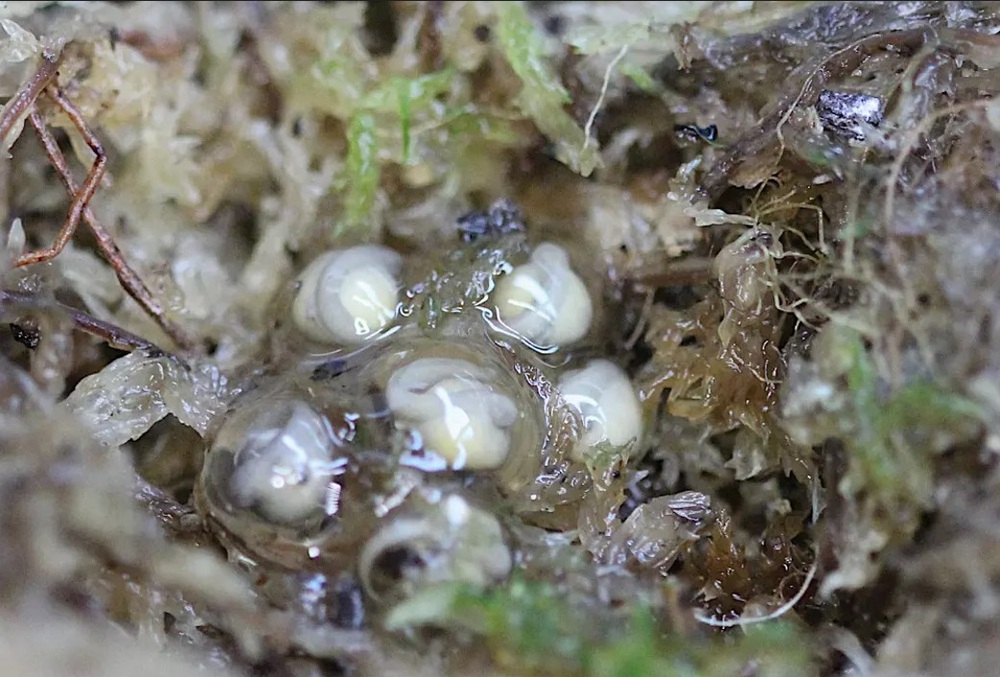
The conservation story has been documented in a film titled “A Leap of Hope,” which premiered on YouTube on February 3, 2025. The documentary shows the challenging work of spotting these well-camouflaged frogs, which blend perfectly with their mossy forest homes.
These frogs, first discovered by Charles Darwin in 1834, represent more than just a single species’ survival. Dr. Valenzuela-Sánchez explained that studying these rescued frogs helps scientists better understand how to combat the chytrid fungus and protect amphibians globally.
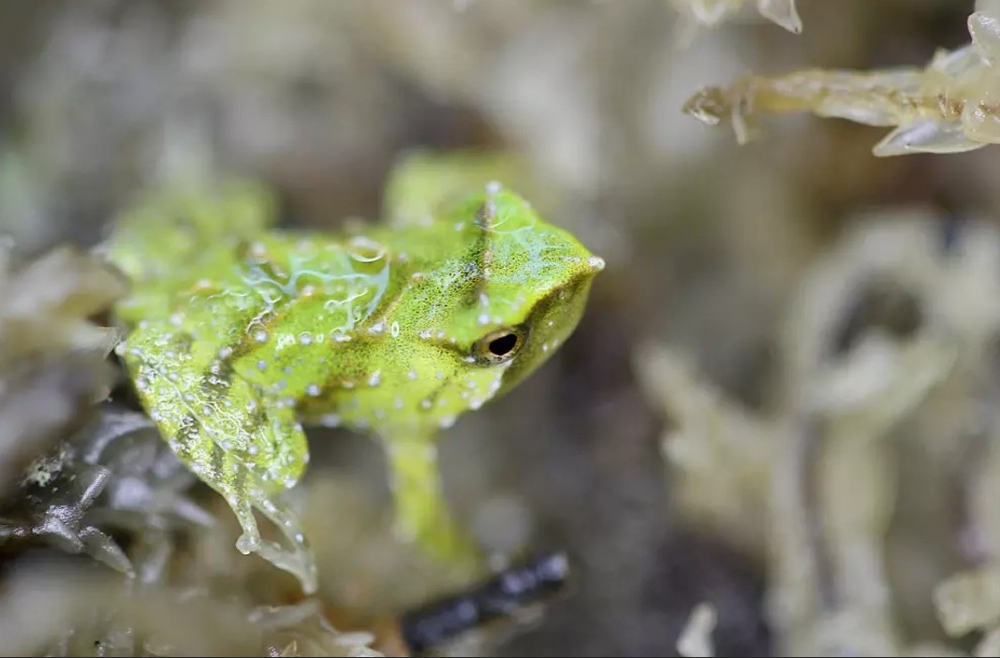
The London Zoo expects more froglets to be born soon, as they continue their work to establish a secure population. The ultimate goal is to reintroduce these frogs to their natural habitat once scientists develop ways to make their forest home safe from the fungal threat.
This conservation success story demonstrates how quick action and international cooperation can help preserve endangered species. The tiny Darwin’s frogs, barely visible in their forest homes, now have a fighting chance for survival thanks to this coordinated rescue effort.
